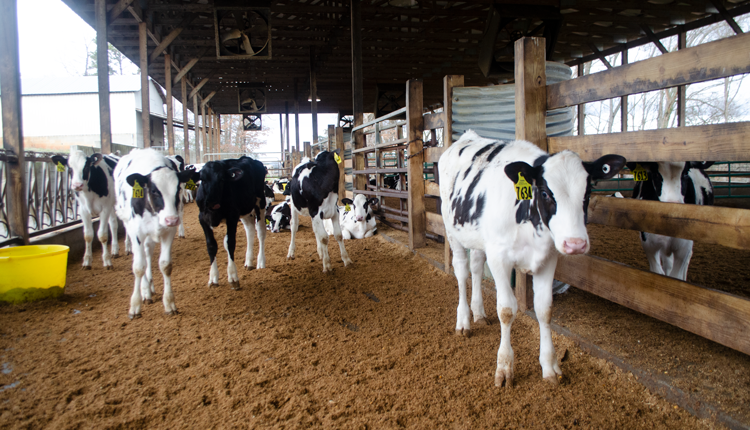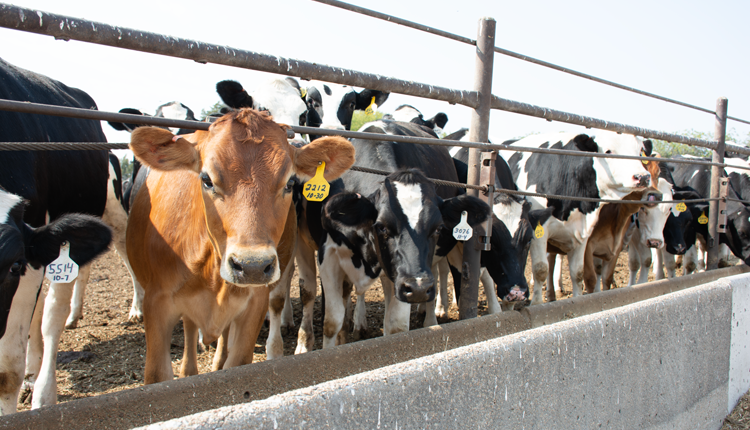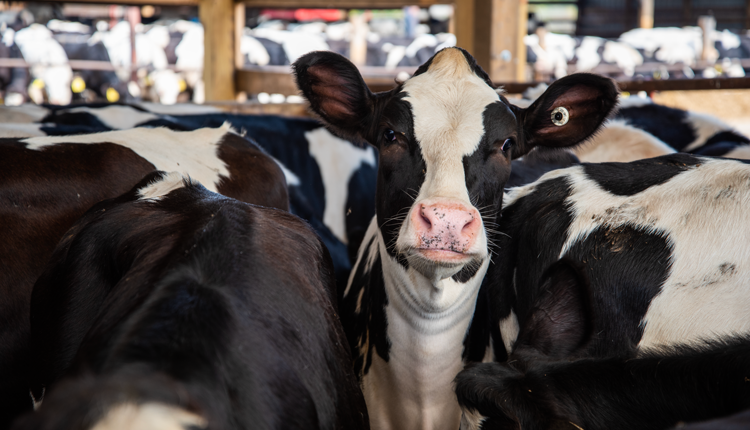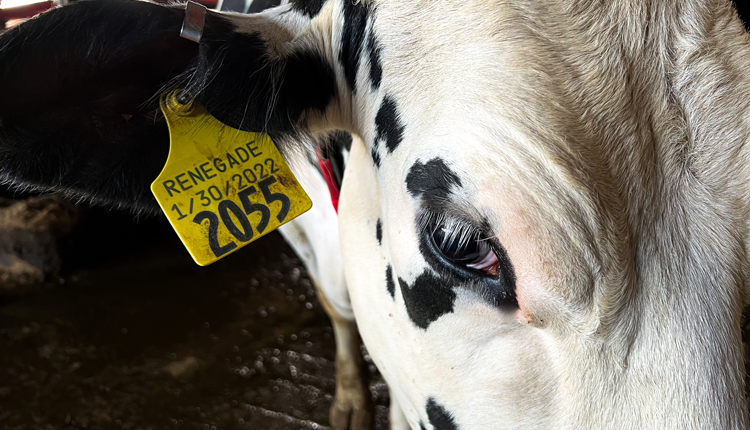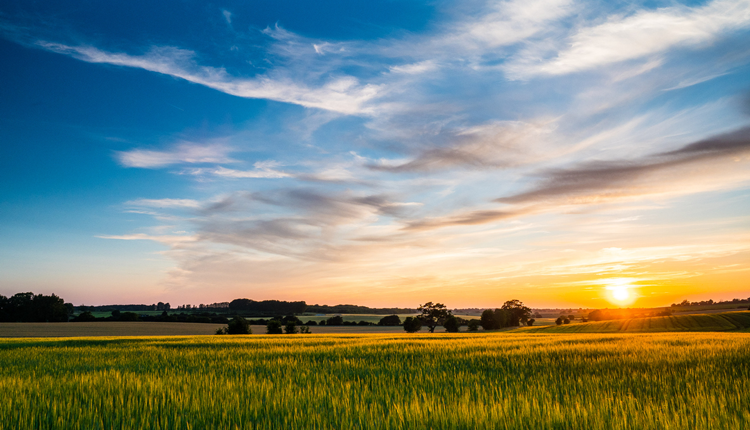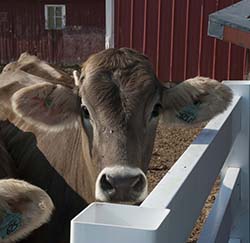 The earlier a heifer enters the milking string, the more milk she will make in her lifetime, right? Not necessarily, explained Pat Hoffman during a ‘Dairy Heifer Management: Pitfalls and Paradigms' webinar hosted by the Professional Dairy Producers of Wisconsin. Hoffman, University of Wisconsin Extension heifer management specialist, shared new data that showed cows entering the herd sooner might also leave the herd sooner, lowering both lifetime days in milk and lifetime production.
The earlier a heifer enters the milking string, the more milk she will make in her lifetime, right? Not necessarily, explained Pat Hoffman during a ‘Dairy Heifer Management: Pitfalls and Paradigms' webinar hosted by the Professional Dairy Producers of Wisconsin. Hoffman, University of Wisconsin Extension heifer management specialist, shared new data that showed cows entering the herd sooner might also leave the herd sooner, lowering both lifetime days in milk and lifetime production.A study of 69,145 Holstein heifers that calved in 2005 evaluated the effects of age at first calving and twice per day (2x) or three times per day (3x) milking on lifetime milk production. For cows milked 3x, both lifetime days in milk and lifetime milk production rose as age at first calving was reduced.
However, for 2x herds, lifetime milk actually peaked when heifers calved at 23 months of age. There was no added benefit in lifetime days in milk or milk yield when these heifers calved younger than 23 months.
Age at first calving is probably not the only factor contributing to overall lifetime production for the 3x cows in this study. Farms milking 3x are more likely to use bovine somatotropin, feed TMR and have sand bedding, all potentially contributing to more days in milk and lifetime milk yield. Herds milking 3x are also more commonly housed in freestall barns, which allows for a fluctuating herd size by overstocking. On the other hand, cows milked 2x are more likely to be housed in tie stall barns with limited space. If a new heifer calves, an older cow is more likely to be culled to make room, shortening her lifetime days in milk.
Calving heifers earlier is appealing from a heifer raising cost standpoint, but Hoffman said there is not a universal ideal age at first calving in regards to maximized milk production. A farm milking 3x with freestall facilities will more likely find benefit calving heifers at 22 months of age, while 2x tie stall herds may see no milk production advantage from earlier calving.
The study found that calving heifers older than 24 months did not improve first lactation yield, longevity or lifetime milk production in either group. Therefore, the long standing goal of freshening heifers by 24 months is still relevant, with opportunities to calve heifers sooner depending on a farm's management situation.

The author is an associate editor and covers animal health, dairy housing and equipment, and nutrient management. She grew up on a dairy farm near Plymouth, Wis., and previously served as a University of Wisconsin agricultural extension agent. She received a master's degree from North Carolina State University and a bachelor's from University of Wisconsin-Madison.
